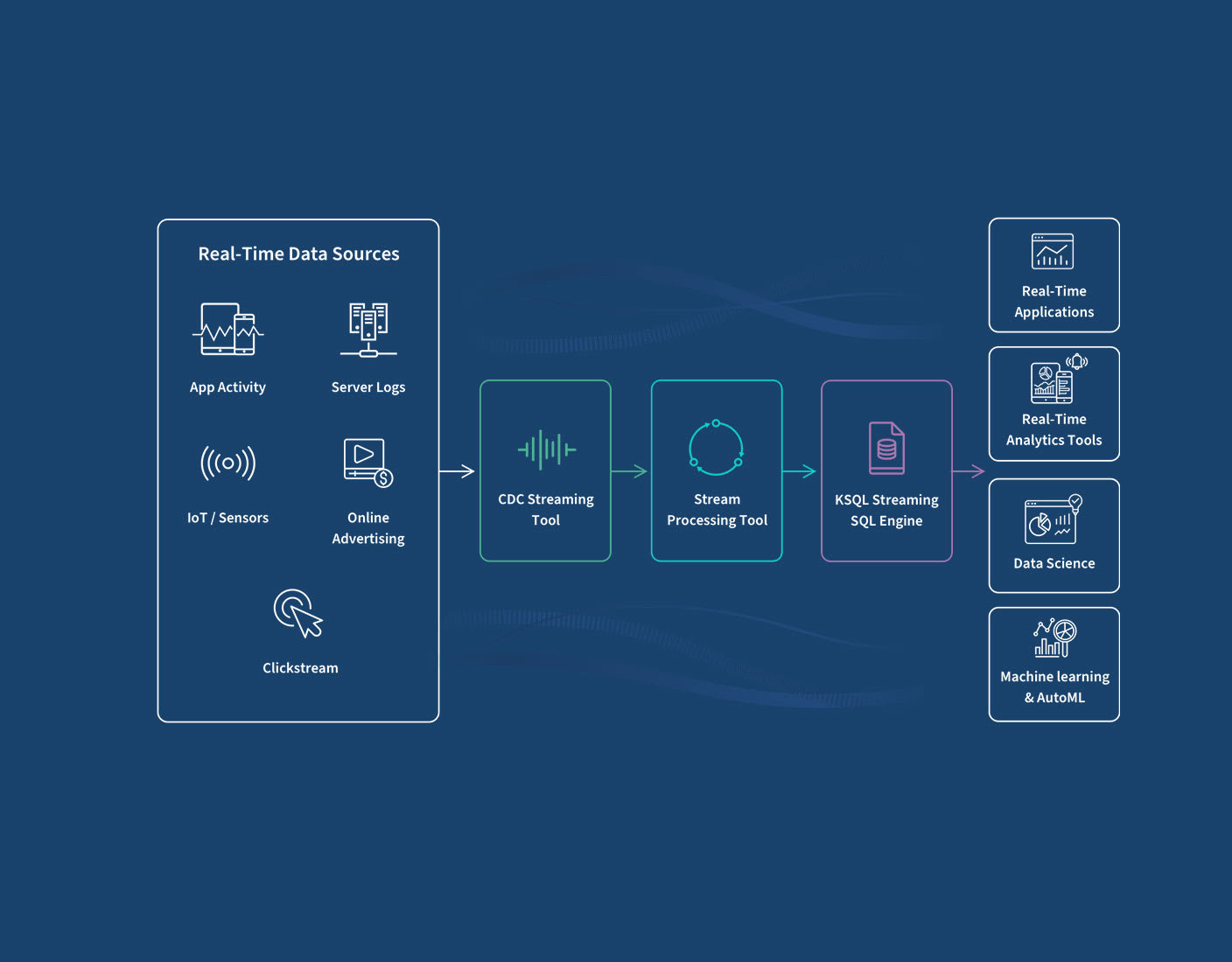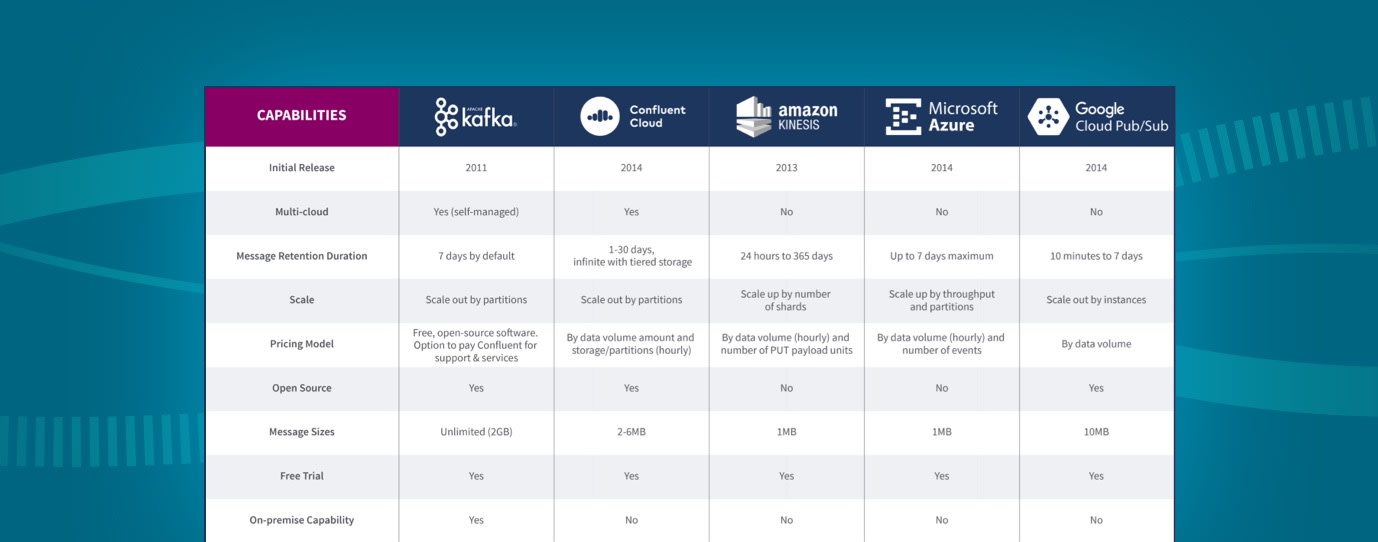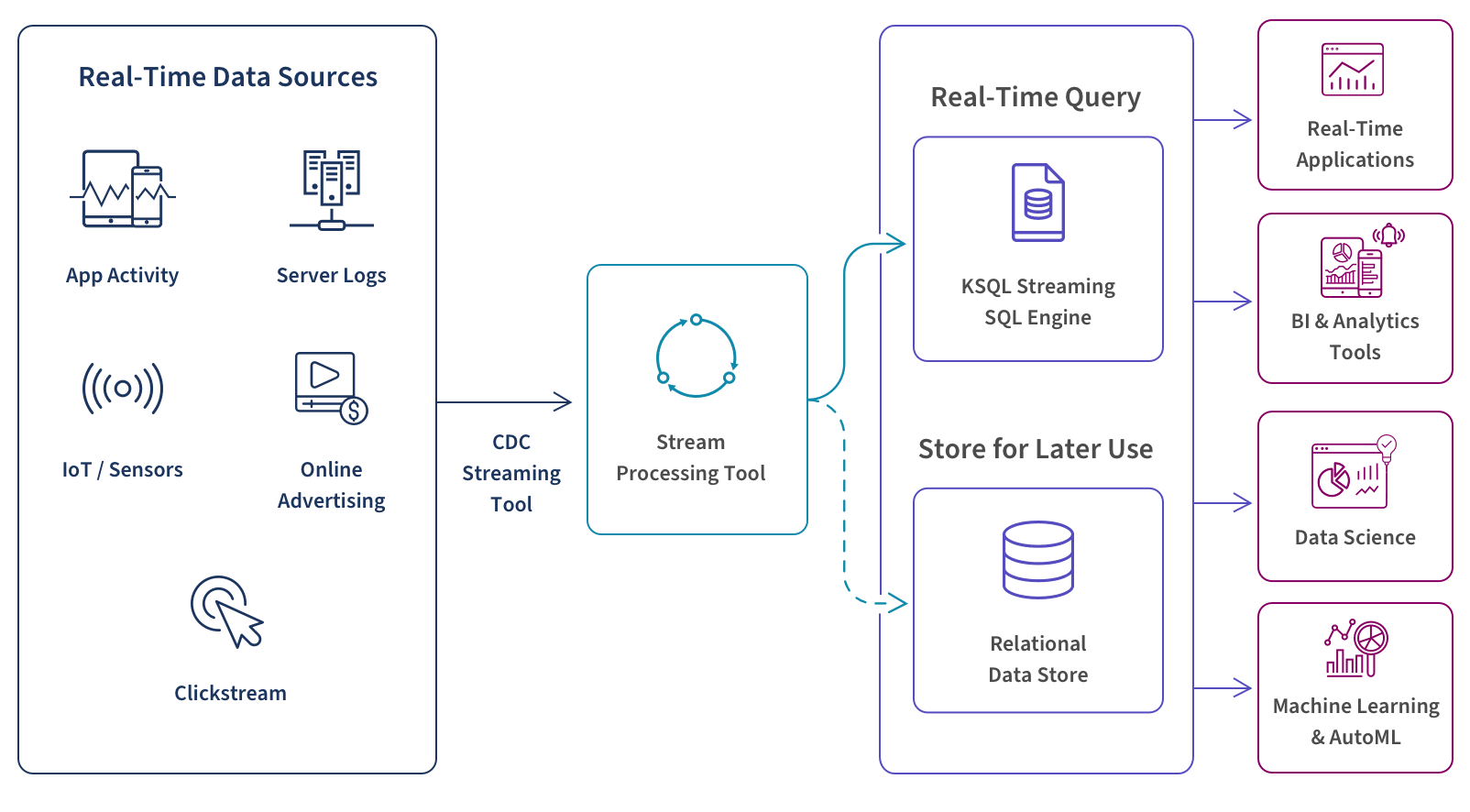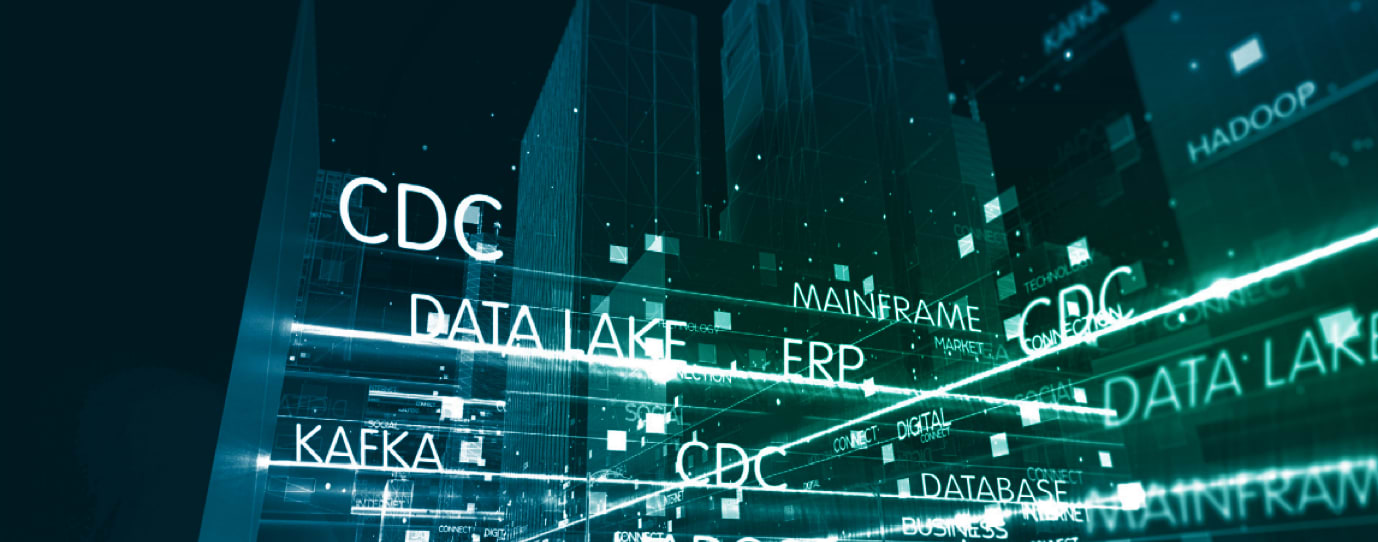Benefits
Real-time data is applied in nearly every industry today. This is because of the rapid pace of modern business, high customer expectations for immediate personalization and response, and the growth of real-time applications, big data, and the Internet of Things (IoT).
Here are the key benefits:
Make Faster, Better Decisions. Using a real-time analytics tool, you can have in-the-moment understanding of what’s happening in your business. This tool can automatically trigger alarms, develop dashboards and reports, and other actions in response to realtime data. These timely insights help you optimize your business faster than competitors. For example, your revenue operations team will be able to spot revenue risks before they progress.
Meet Customer Expectations. Customers today rely on applications that deliver time-sensitive data–such as weather, navigation, and ride-sharing apps–and they expect this level of instant and personalized service in all aspects of their life. Leveraging data in real time allows you to provide your customers the information they need instantly.
Reduce Fraud, Cybercrime, and Outages. Issues such as fraud, security breaches, production problems, and inventory outages can escalate quickly and result in significant losses for your organization. Realtime data lets you monitor every aspect of your business so that you can respond and prevent these issues before they become critical.
Reduce IT Infrastructure Expense. Working with data in real time allows you to better monitor and report on your IT systems and take a more proactive approach to troubleshooting servers, systems, and devices. Plus, realtime data is usually stored in lower volumes which results in lower storage and hardware costs.


















































